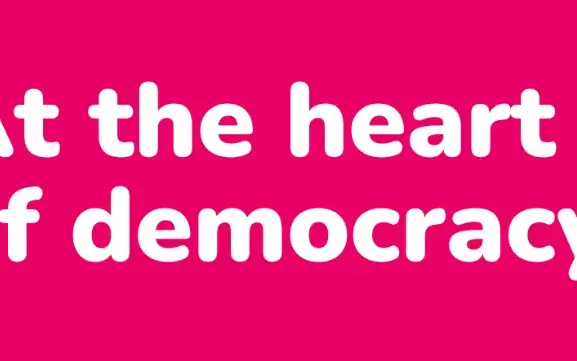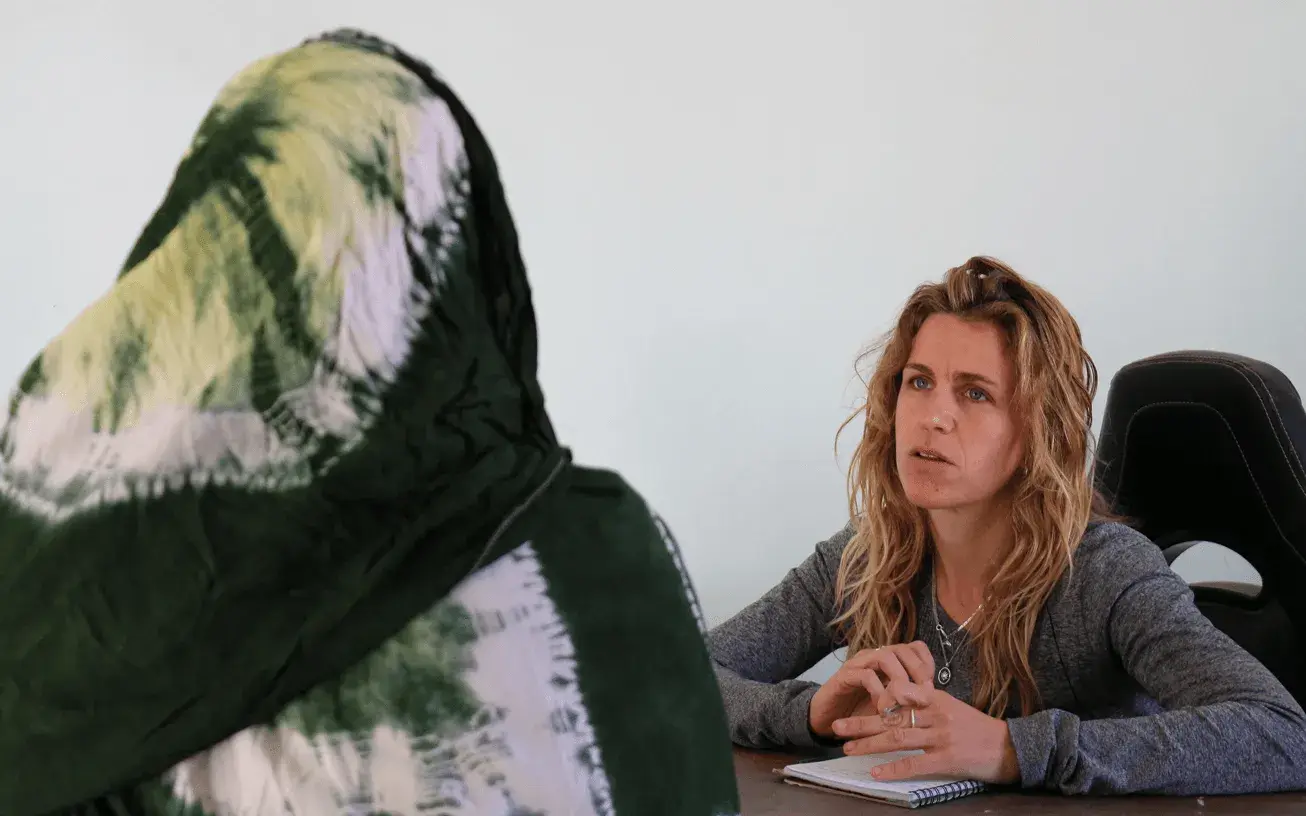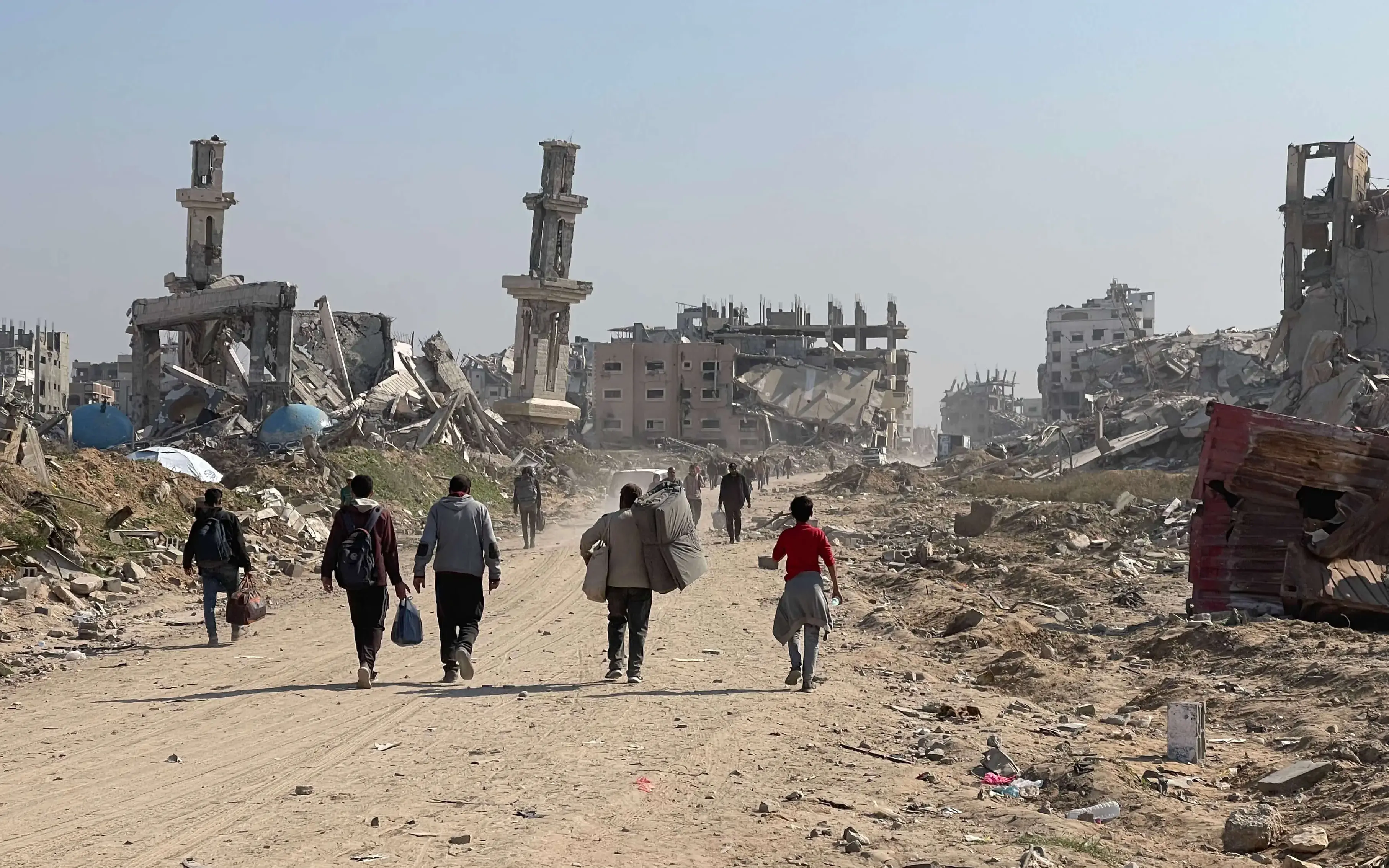The UN says that the health, economic and social crisis caused by Covid-19 will widen the gender gap and that, for 2021, some 435 million women and girls will be living in extreme poverty.
Since the outbreak of the Covid-19 pandemic a lot is being said about the widening gender gap due to the greater burden of care duties on women, precarious labour, the increase in male violence, etc. In countries with weakened health and social protection systems, the situation is even more serious. This is confirmed by a study by UN Women and the United Nations Development Programme (UNDP).
'From insights to action: Gender equality in the wake of COVID-19' says that the mortality rate in men is higher, but that the economic and social consequences are felt most by women and girls.
In this regard, the report highlights that for 2021 some 435 million women and girls will be living on less than 1.90 dollars a day, which means they’ll be living in extreme poverty. 47 million of these women will find themselves in this situation due to the pandemic. Before the Covid-19 pandemic, it was expected that poverty among women would drop 2.7% between 2019 and 2021. New estimates now point at a 9.1% growth and it is estimated that we won’t return to the pre-pandemic levels before 2030.
The affect will be felt the most by women of reproductive age
Women will be disproportionately affected, especially those of reproductive age. For every 100 men aged 25 to 34 living in extreme poverty in 2021, there will be 118 women, a gap that is expected to grow to 121 women for every 100 men by 2030.
With healthcare services focused on responding to the pandemic, women’s access to sexual and reproductive healthcare services is being affected. Hence, in 4 out of 10 countries in Europe and Central Asia, at least half of the women that require family planning services are experiencing difficulties in accessing such services. In Asia and the Pacific, 60% of women declare they are facing more barriers to see a doctor.
Feminized job sectors are the most affected
The report points out that, in general terms, women earn less than men and have less secure jobs. With the economic crisis, they have become especially vulnerable to layoffs and to the loss of their livelihoods. For example, the revenue of women who work in the informal economy, around 740 million, has dropped drastically. In the first month of the pandemic, they had earned 60% less already.
In Asia and the Pacific, around 50% of women compared to 35% of men had seen a drop in their working hours. In Europe and Central Asia, 25% of self-employed women have lost their job, compared to 21% of self-employed men.
72% of domestic women around the world have lost their jobs
Another striking piece of information is the huge gender gap in the way the virus affects healthcare workers. Women are a majority in the healthcare sector, as well as in domestic work and care. The numbers of confirmed Covid-19 cases among healthcare workers are triple those among men.
The report calls on governments and other organisations to take gender into account when planning their responses to Covid-19, with greater support and social protection for working women.







Add new comment